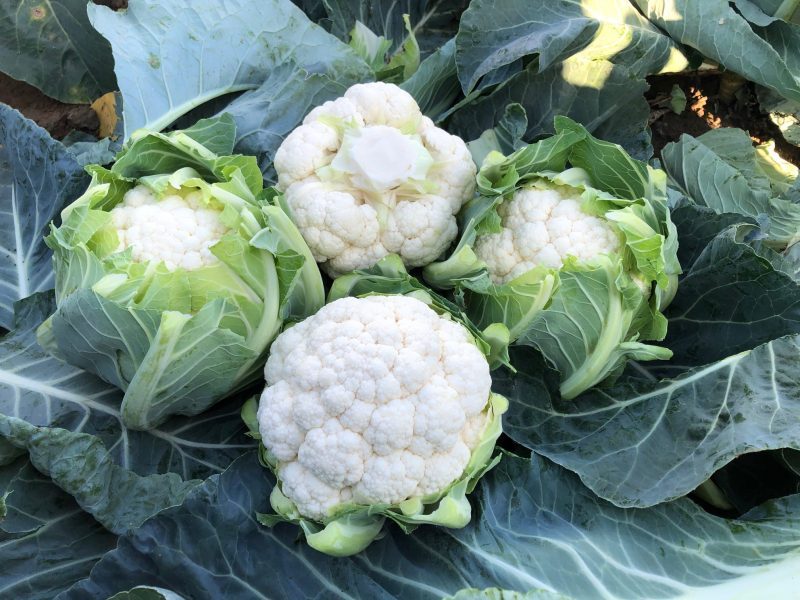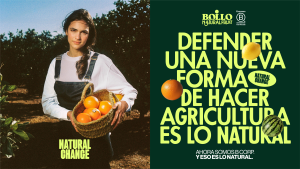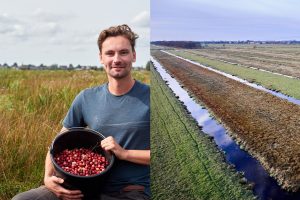Last year, cauliflowers stabilised and grew slightly in the ecological segment. Is this linear trend continuing? How will the conflict between Israel and Palestine affect the market? At Enza Zaden, Jesús López Almagro, Brassica Sales Manager, believes that cauliflower consumption continues to remain “stable, although the socio-economic situation is not actually the best. The impact of the war on brassica consumption could affect factors such as interruptions in the supply chain, price increases, changes in dietary preferences, etc. Even so, the conventional market of white cauliflower continues to be predominantly in Europe, and the ecological market has risen slightly compared to last year.”
Enza Zaden continues working on a complete cauliflower portfolio to offer solutions to the conventional and ecological markets and they are introducing new developments regarding an ecological NO CMS cauliflower. In kohlrabi, they have introduced Podia (E41A.11032) in ecological, with a highly stable behaviour.
As new developments for this year, Enza is presenting Nebula, for summer crops with a stable, 80-day cycle. Another new development is Serenity, with an 85-90-day cycle for autumn, with an important vegetative development, a very compact, white head that make it suitable for both the fresh and industrial markets. Varieties such as Chione, with a 95-day cycle for autumn and spring are also worth mentioning, as they have been positioned very well on the market due to their great uniformity in harvesting and their excellent vegetable health. “Our new material Moncayo has seen important growth in sales for autumn, standing out due to its very heavy white heads for both the fresh and industrial markets and a sturdy plant with good cover.” Oceanique is becoming a “fundamental” variety for linking harvests between the autumn and winter, with very heavy heads and a smooth texture. It stands out due to its important uniformity in harvesting, with excellent head cover. Twistique has become an “all-rounder” in different areas of the country, with its excellent head cover, which is completely white, robust and firm at different temperatures in winter and spring harvests. Lhotse has positioned itself in winter as a safe value in long cycles, with exceptional quality in its white, compact head.
A new variety for the winter segment is worth mentioning, which will bring solutions to producers such as quality, toughness and uniformity in a key segment for exports. Likewise, long-established materials in its portfolio such as Apoteosi (with a purple head), Moonshine in summer, Bielic in autumn, Borealis in late autumn, Teleno in spring and above all, Altair and Maimon in winter are flagships from its portfolio in fresh and industrial materials.
In kohlrabi, Runa and Keyah are the company’s main materials, bringing vegetable health, quality and a very dark green colour, which is in great demand by customers. Alboka should also be mentioned, its new development in radishes, with round, red bulbs that are very uniform in size and shape that have come to strengthen the autumn segment of their leading variety, Celesta. “Enza always tries to find solutions to the productions that are demanded in Brassicas throughout the cycle. To do this, we need varieties that are highly adaptable to different regions.”
If you would like to discover the new developments in its brassica portfolio, during the week of the 11th of December, Enza will hold its Discovery Field Days 2023 at its premises in El Albujón (Murcia).




















